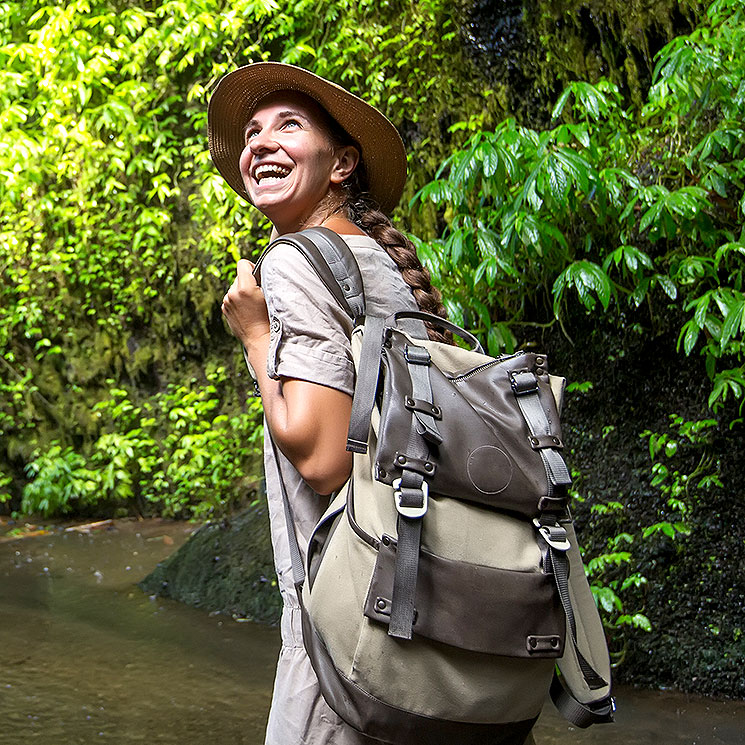Close
Get ready to carve through pristine powder and conquer the slopes of varying difficulty levels. Our resort boasts a diverse range of ski and snowboard trails, ensuring there’s something for everyone, from beginners to seasoned experts.
These delicious cornmeal pockets filled with various ingredients such as cheese, meat, or beans are a staple in Venezuelan cuisine. However, please be aware of any potential allergens or dietary restrictions before consuming them.
This traditional dish consists of shredded beef, black beans, rice, and fried plantains. While it is widely popular in Venezuela, individuals with dietary concerns should carefully consider the ingredients used.
Made from fresh corn kernels ground into a batter and cooked like pancakes, cachapas are typically served with cheese or other fillings. Those with gluten sensitivity should seek advice on whether the batter contains wheat flour.
These savory parcels made from maize dough stuffed with a mixture of meats and vegetables are traditionally enjoyed during the holiday season in Venezuela. However, please exercise caution if you have specific dietary requirements or restrictions.
These deep-fried cheese sticks wrapped in pastry dough are loved by many but do contain high levels of fat and calories. It's essential to consume them in moderation as part of a balanced diet.
Remember to always communicate your preferences and concerns to local food establishments to ensure your culinary experience aligns with your needs and expectations while being mindful of any potential risks associated with unfamiliar ingredients or preparation methods. Enjoy exploring Venezuelan cuisine responsibly!
When you visit Venezuela, you’ll be greeted by a rich tapestry of natural symbols that are sure to captivate your senses. Some of these symbols such as the turpial bird, the araguaney or the orchid are officially symbols of the country, many others such as the amazon, the avila or the Bolivar Peak have been established by Venezuelans as symbols of our culture.
Known as the world's highest uninterrupted waterfall, Angel Falls is a breathtaking sight to behold. The water cascades down from the Auyán-Tepui, one of Venezuela's famous tepuis (table-top mountains).
Standing tall and proud in Caracas, Avila Mount is a beloved symbol of the capital city. It not only offers stunning panoramic views but also serves as a popular recreational spot for locals and tourists alike.
This vibrant bird is known as the national bird of Venezuela. With its striking orange and black plumage, the turpial adds a splash of color to the country's diverse avian population.
The colorful macaws found in Venezuela, known as guacamayas, are another natural symbol of this beautiful nation. These magnificent birds can be spotted in various regions, including the Amazonas.
Flowing through Venezuela for nearly 1,700 miles, the mighty Orinoco River holds great significance for both nature and culture in the country. It supports diverse ecosystems and plays a vital role in transportation and trade.
This UNESCO World Heritage Site is home to breathtaking landscapes featuring tepuis, waterfalls (including Angel Falls), lush rainforests, and unique flora and fauna.
Located off Venezuela's northern coast lies this stunning archipelago consisting of over 300 islands and coral reefs. Its crystal-clear turquoise waters attract visitors from around the globe.
Mérida is not only a charming city but also serves as a gateway to adventure. It is home to the highest peak in Venezuela, Bolivar Peak, which offers panoramic views of the surrounding Andes mountains.
These natural symbols represent the incredible diversity and beauty that is Venezuela’s pride! Whether you’re a passionate nature enthusiast or simply seeking an unmatched travel experience, exploring these wonders will undoubtedly leave you awe-struck! Prepare to be captivated by the exceptional allure of this remarkable country!
One of the reasons for the uncertainty is the geological history of these tepuis. The exact processes that led to their formation are still not fully understood. Some theories suggest that they were once part of a larger landmass that broke apart over millions of years, while others propose that they are remnants of an ancient plateau eroded by wind and water.
